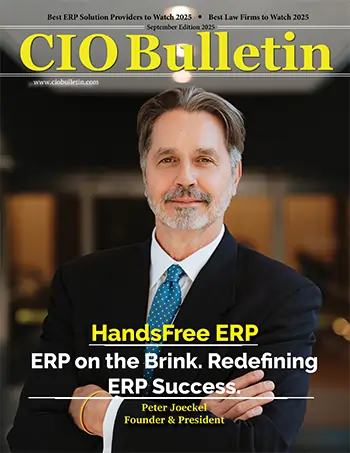Home Services & Solutions Document process management Generative AI Revolutionizing ...
Document Process Management

CIO Bulletin
19 Febuary, 2025
Generative AI boosts the pharmaceutical regulatory workflow through automated operations which produces more precise outcomes at faster speeds during document submission stages of Document Process Management.
Generative AI (genAI) will radically change how the pharmaceutical sector operates its regulatory framework and pharmacovigilance sector in the near future. The combination of big data analysis allows genAI to analyze content while also assessing valuable information and generating summaries that enhance regulatory submissions. This technology has its main use in advancing regulatory teams’ Document Process Management practices.
The automation capability of GenAI allows numerous procedural tasks to integrate health authority communications into regulatory information management (RIM) systems. The preliminary testing demonstrates this method extracts information with 80% faster speed at 90% accuracy level thereby significantly decreasing document management labor costs. Document Process Management accuracy receives a major boost from genAI tools because they perform automatic discrepancy checks across global submissions which leads to improved efficiency.
Through genAI technology all regulatory dossier contents including administrative documents can be checked and assembled automatically with minimal involvement from human operators. Pharmaceutical submission production will experience significant time cost reductions due to automation which becomes more critical as pharmaceutical companies expand into various international markets governed by different regulation preferences.
The evolution of technology will bring pharma companies better accuracy and speed in addition to increased success rates for their submissions. GenAI shows tremendous utility for Document Process Management and regulatory workflow automation which will deliver substantial advantages to the industry during the following years.







